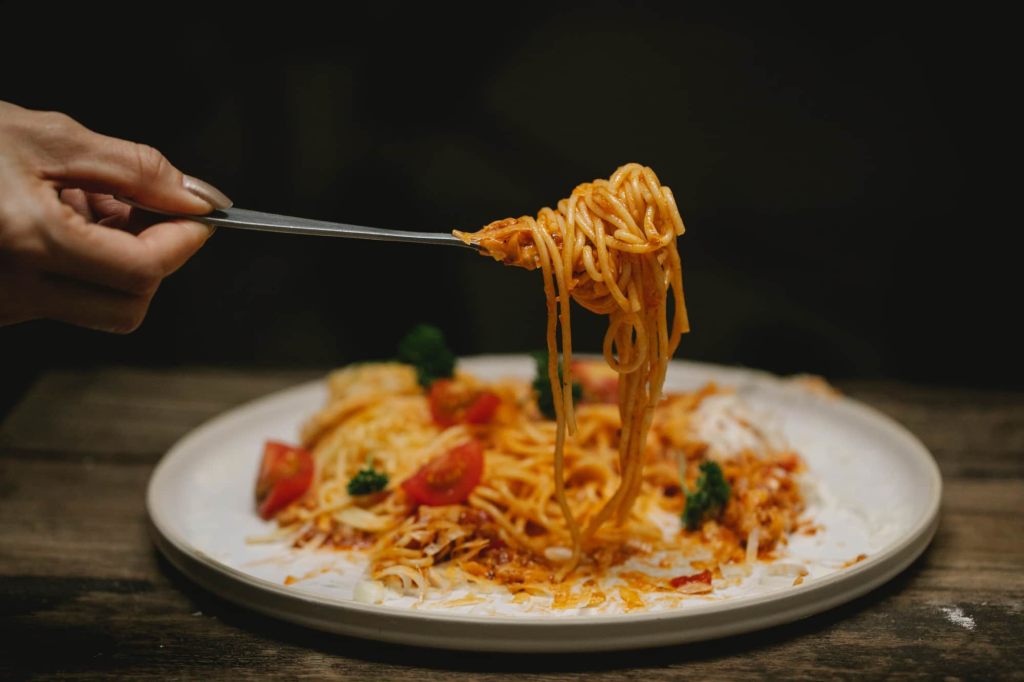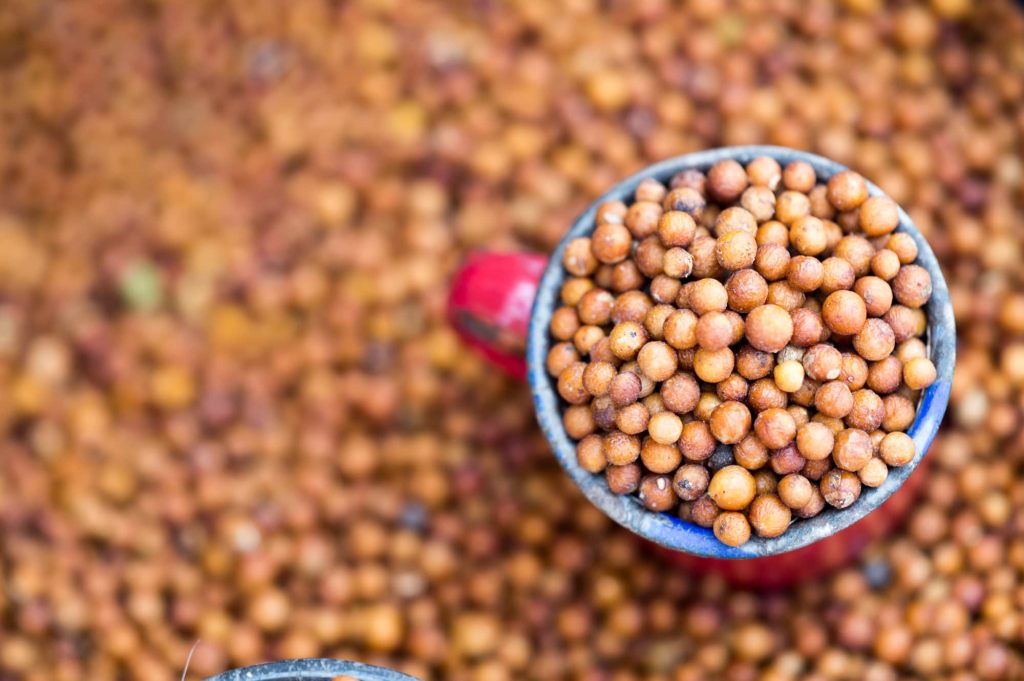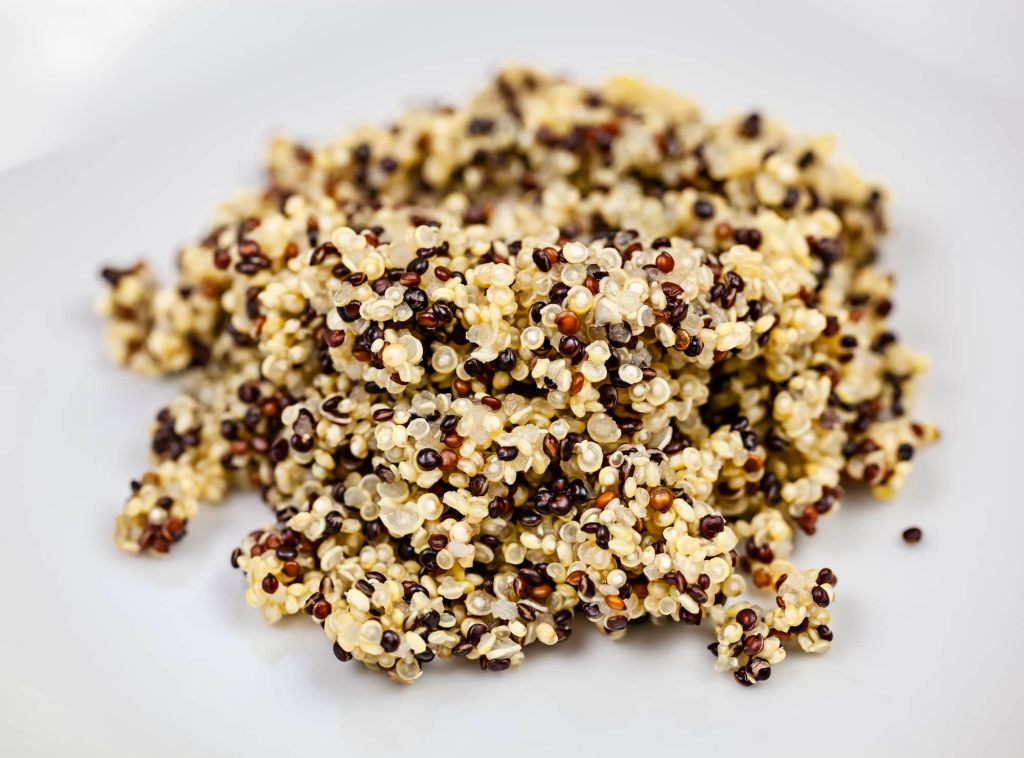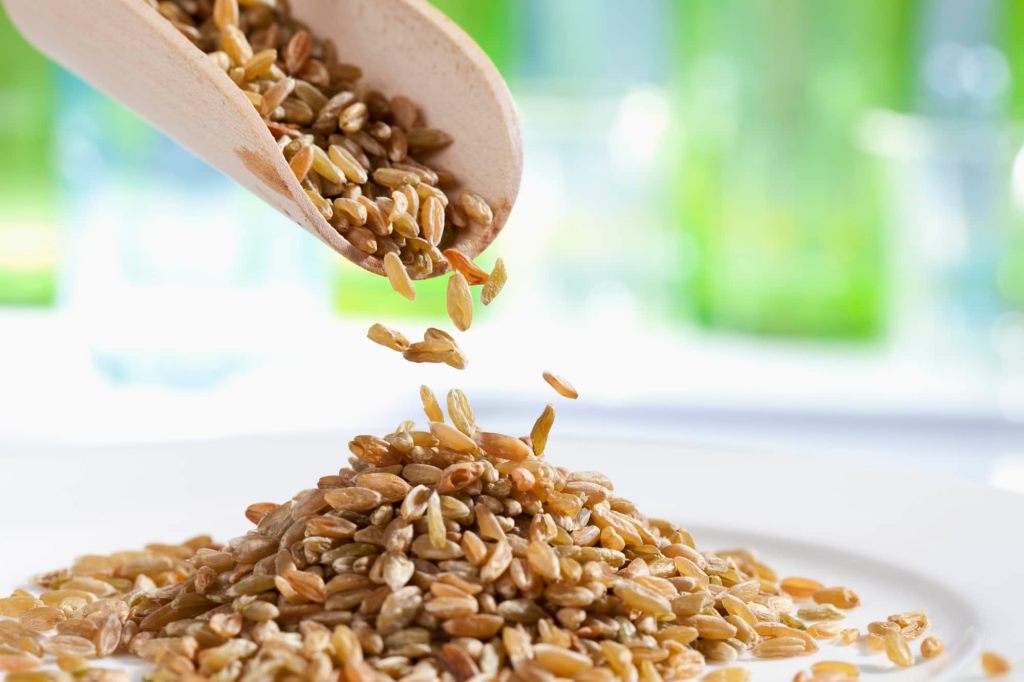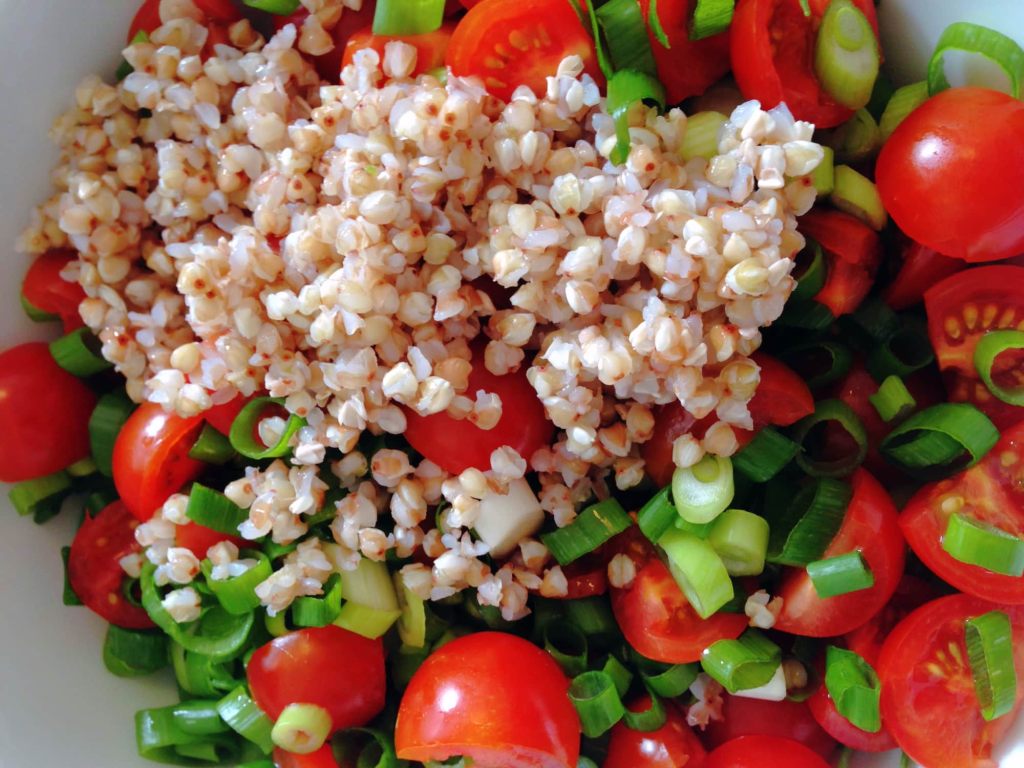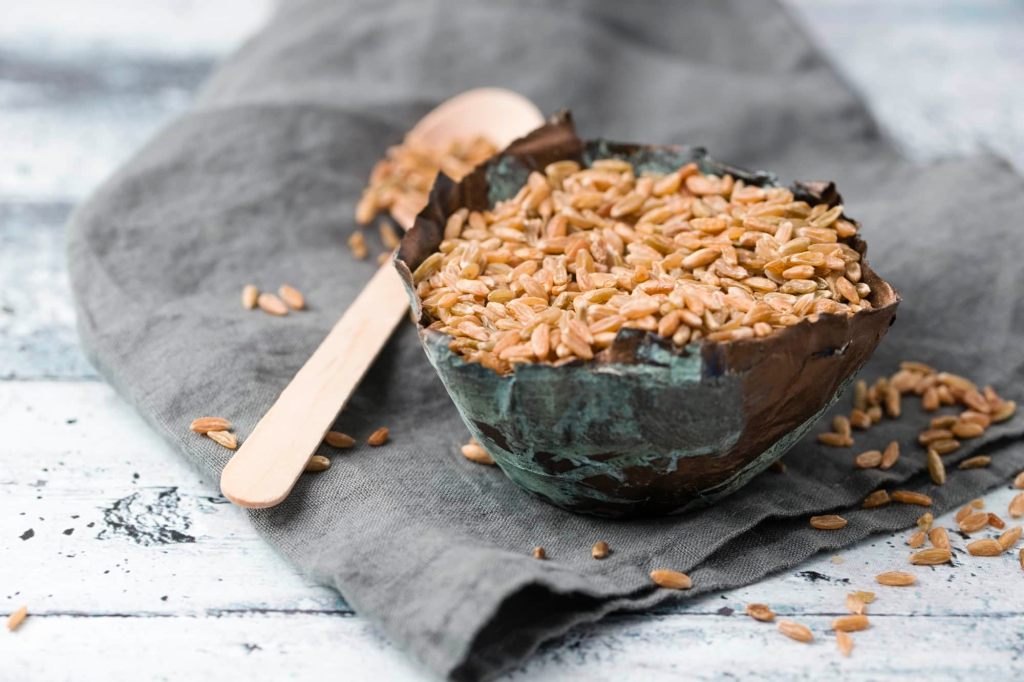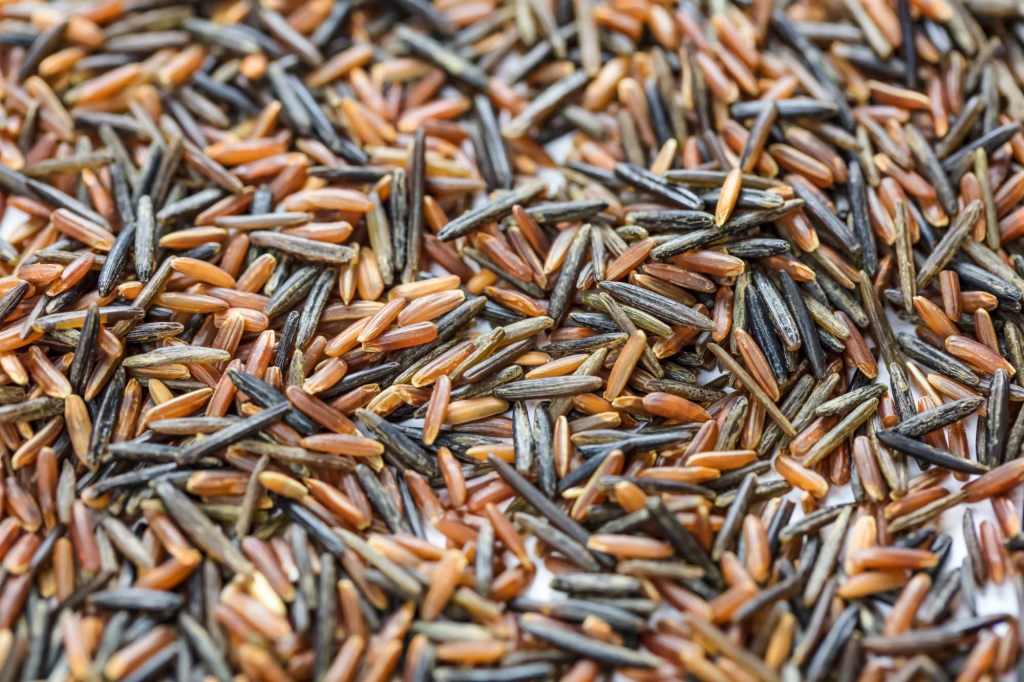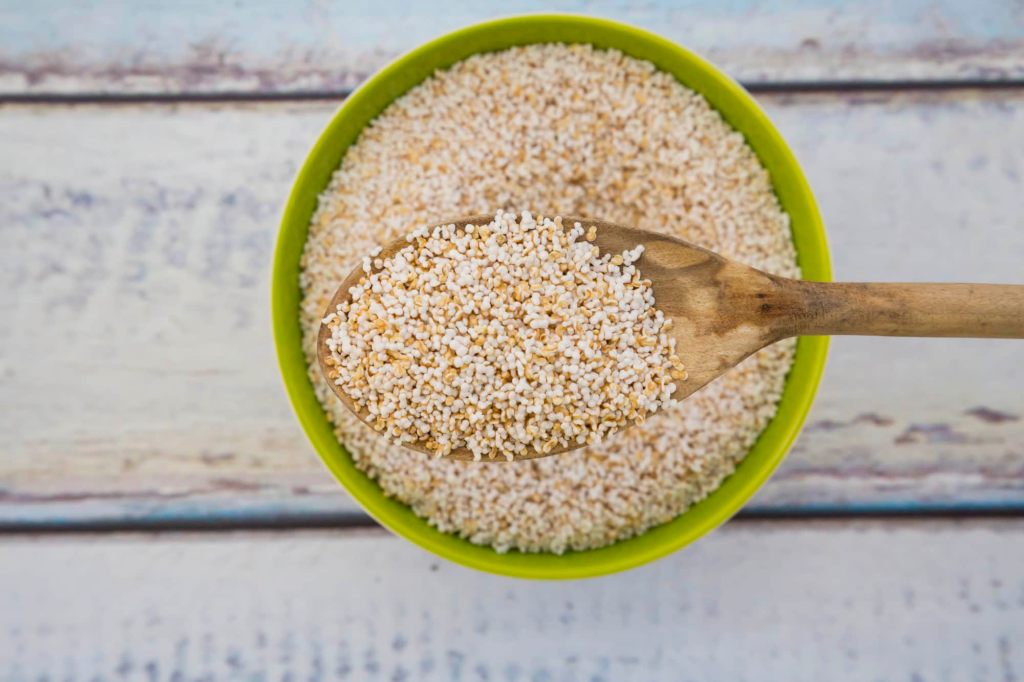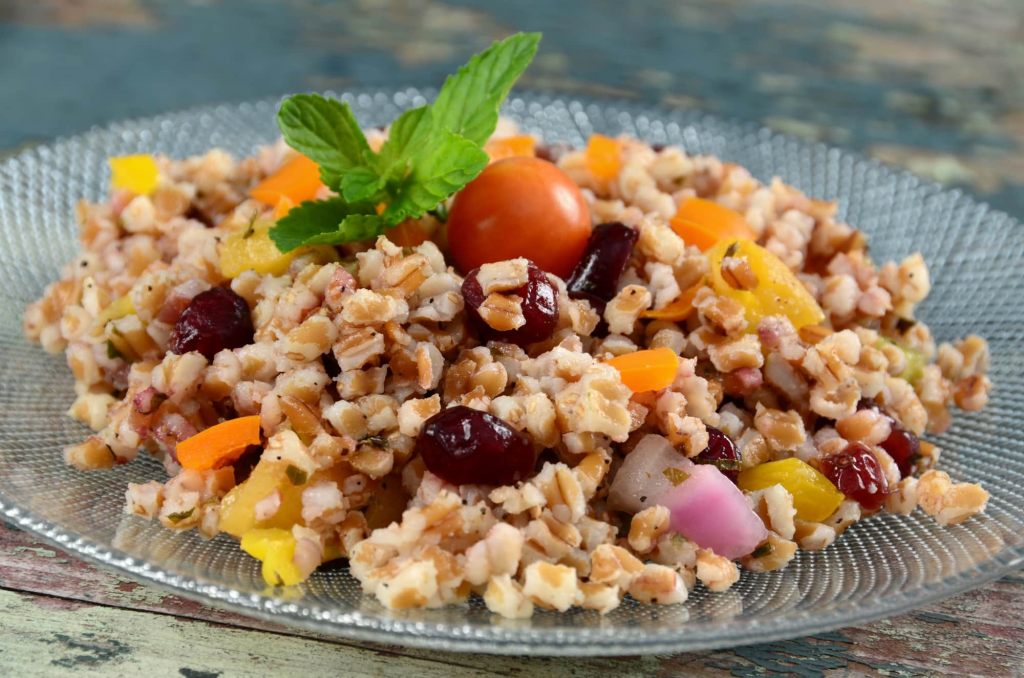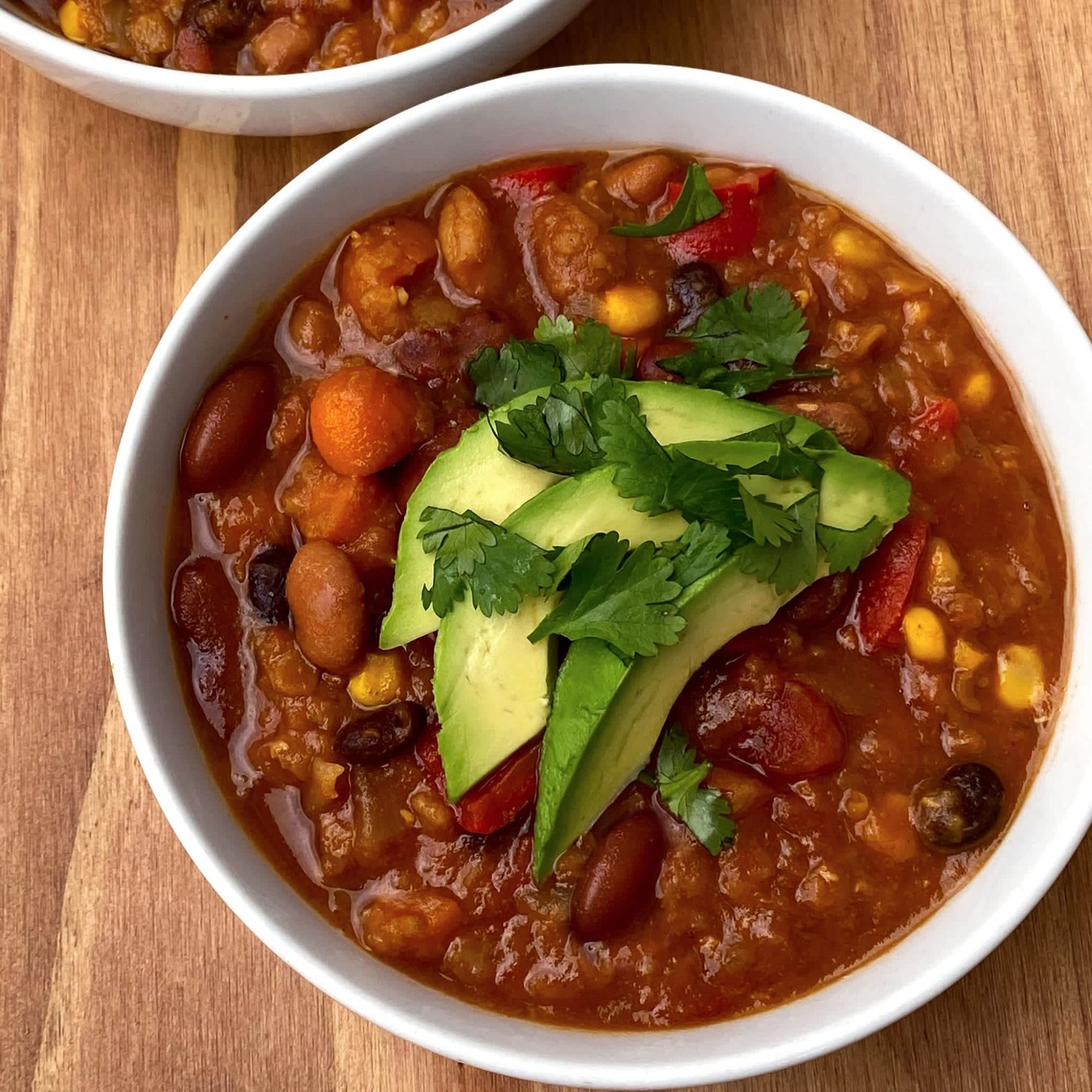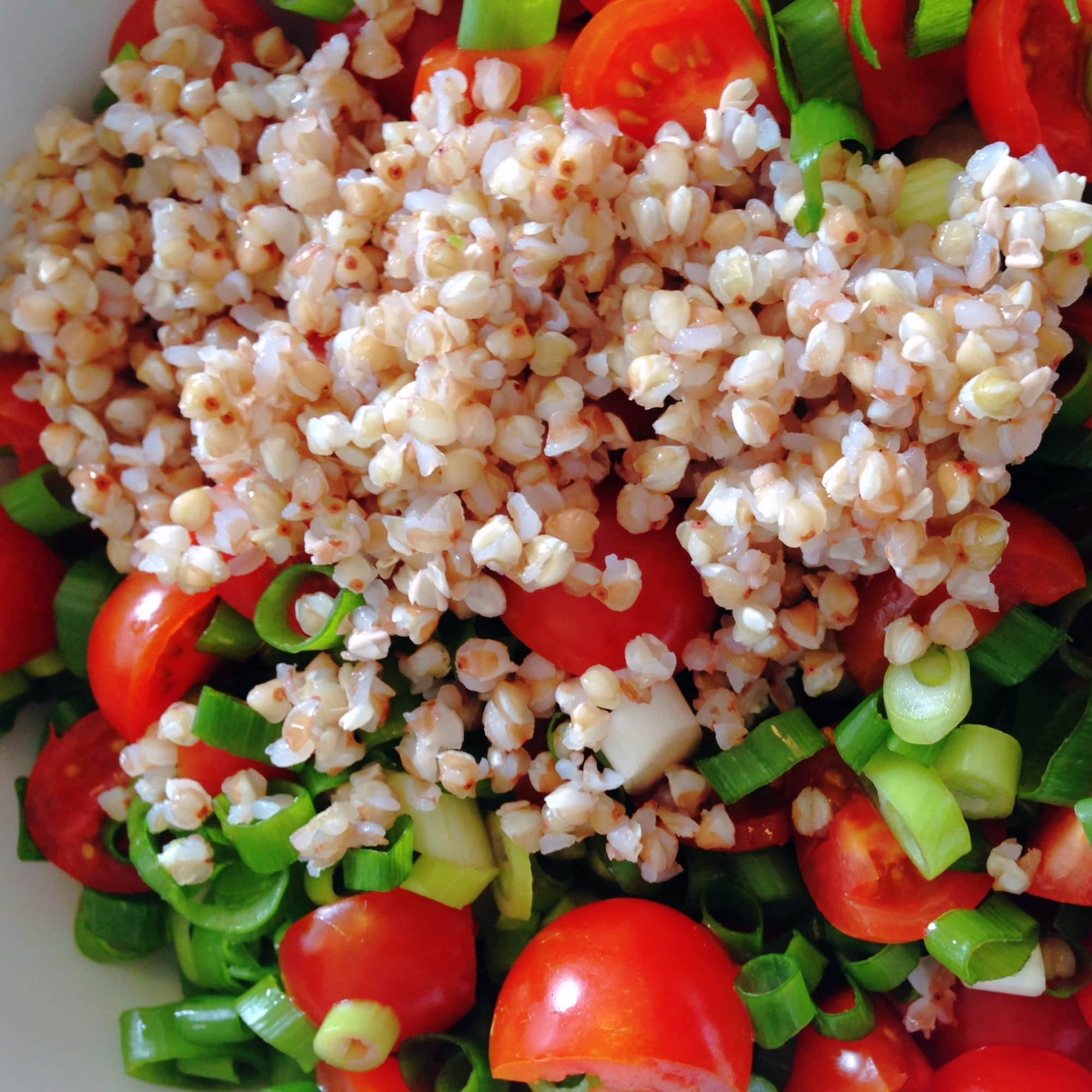
- POPSUGAR Australia
- Fitness
- 10 Grains That Pack a Punch in the Protein Department
10 Grains That Pack a Punch in the Protein Department

If you’re trying to boost your protein intake, you are likely already focusing on foods like meats, eggs, nuts, and beans. But grains, often thought of as just a carb source, can be a natural source of protein, too. From rice and bread to our beloved popcorn, the grain choices that we have at our fingertips are vast. And while there are some grain options that contain absolutely no protein, there are others that provide a hefty supply of this muscle-building nutrient.
So whether you are adding grains to your Buddha bowl, using them as a side dish to enjoy with your dinner, or including them in your soup or salad, lean on these grains to get some extra protein in your diet in a natural way.
Semolina
When people think of protein foods, semolina (white) pasta isn’t always top of mind. But a standard serving of classic semolina pasta contains seven grams of protein. Pasta is a unique refined grain because its protein structure is digested more slowly, providing steady energy to the body instead of a spike in blood sugar. And since it naturally contains essential nutrients, it is enriched with iron and B vitamins, and it doesn’t have added sugar, fat, or sodium like “indulgent” refined grains such as cookies, pies, and cakes. Pasta can be a protein-containing grain that can fit in an overall healthy diet!
Sorghum
Sorghum is an ancient grain that is a popular staple in parts of Africa and Australia, but it is consumed in other parts of the world, too. One cup of uncooked sorghum provides a whopping 10 grams of protein, making it a fantastic option for people who are trying to boost their protein intake, especially if they are following a gluten-free lifestyle as well. Sorghum can be enjoyed as a side dish or a base for a hearty dish. Or for a simple snack, pop the sorghum kernels the same way you make popcorn for a crunchy snack that won’t get stuck in your teeth.
Quinoa
Quinoa is a popular grain – and for good reason. Not only does quinoa contain antioxidants and important nutrients like iron, but it also clocks in at four grams of protein per half cup (uncooked). For a tasty breakfast, try a quinoa bowl with some nutrient-packed toppings.
Spelt
For a grain that has a taste that is more on the nutty side, spelt is a nice option. With five grams of protein per half cup, enjoying it can give a boost of protein to your dishes in a yummy way. Note that spelt contains gluten, so it is not suitable for people with a gluten sensitivity.
Buckwheat
Whether it is added to soups or salads, enjoyed as a breakfast grain, or simply eaten on its own, buckwheat is a hearty grain that can enhance many dishes. Plus, a half cup of cooked buckwheat contains three grams of protein along with a hefty amount of fiber, iron, calcium, and many other important nutrients.
Kamut
Khorasan wheat, or kamut, is a grain that can be used in the same way that many people would use rice. With a unique nutty and buttery flavor, a half cup of cooked kamut provides a solid 4.5 grams of protein.
Wild Rice
Despite the name, wild rice isn’t technically a type of rice but rather the seed of an aquatic grass. However, that shouldn’t stop you from leaning on it as a yummy side dish. One cup of wild rice contains 6.5 grams of protein along with almost three grams of fiber and a slew of micronutrients. While the protein content of wild rice may be relatively low, it is still a noteworthy option, as it supplies all of the essential amino acids the body needs, making it a complete protein choice.
Amaranth
Amaranth is not technically a grain (it is a pseudograin by definition), but since it’s enjoyed and served as a grain, many people consider it part of this food group. If you are looking for a grain that helps you meet your protein goals, know that a half cup of cooked amaranth contains four grams of protein along with many other good-for-you nutrients.
Wheat Berries
If you are looking for a slightly chewy grain that offers a satisfying earthy taste, then wheat berries will be sure to please. Since a 48-gram serving of wheat berries contains nine grams of protein, including it in recipes can be a simple way to boost the protein content of your dishes.
Farro
Farro is truly a satisfying grain due to its craveable flavor and unique texture. Bonus? Enjoying a third cup of farro will fuel your body with five grams of protein. Consider using this grain the next time you’re making a stir-fry that needs a little bit of a protein boost.


